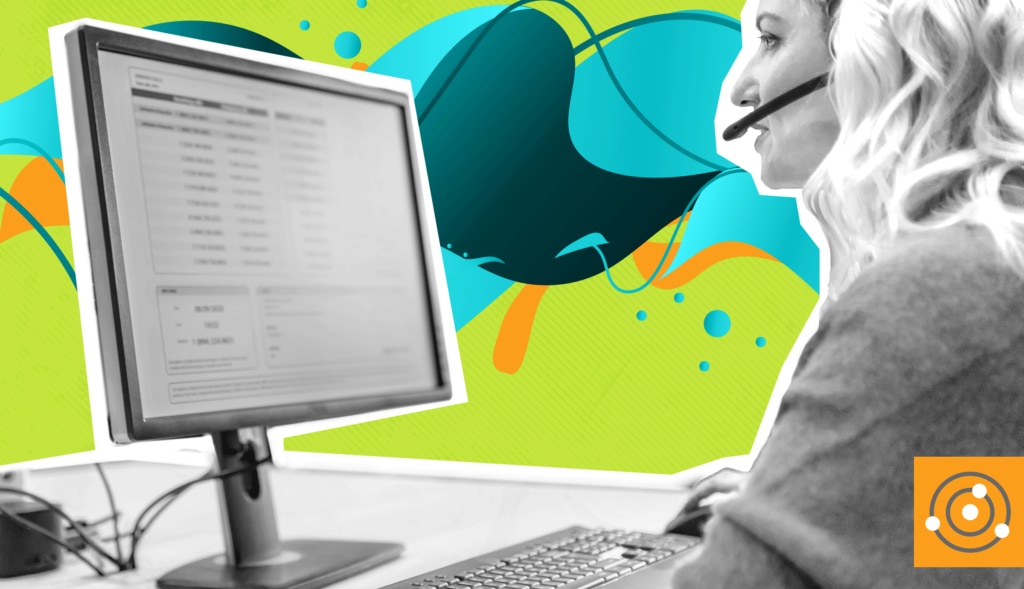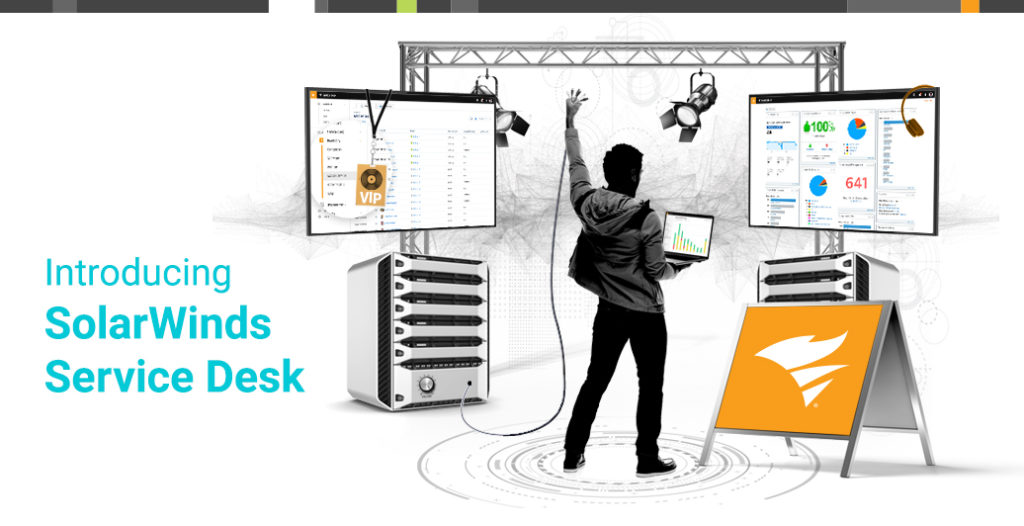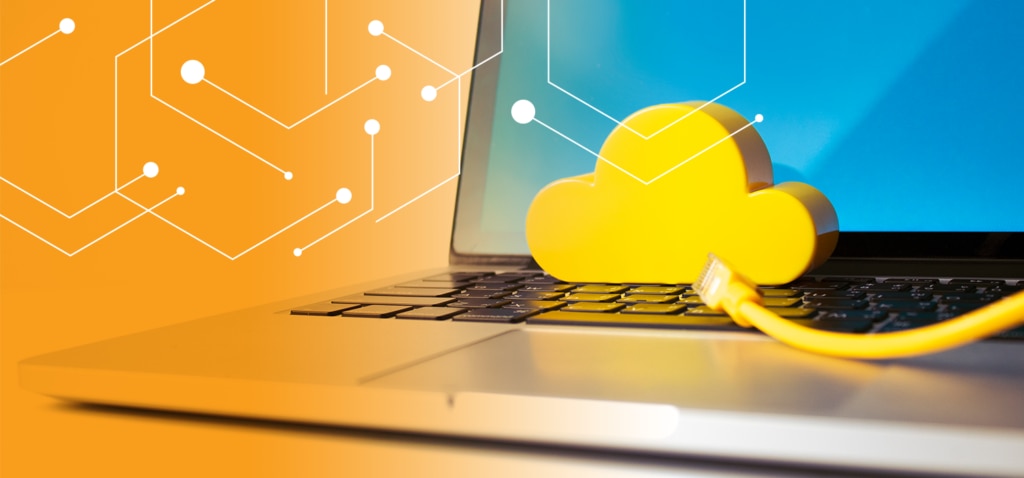When something goes wrong with a user’s device, who do they turn to for help? Maybe an employee walks up to their favorite IT team member’s desk or sends them a Slack message. They may even try to find a DIY solution by browsing the web.
Though these methods may ultimately give the user the result they’re looking for, they aren’t necessarily the most effective way to handle technology issues. Instead, organizations can benefit from giving users an easy way to submit tickets through their IT department’s ticketing solution. A ticketing solution takes in tickets and routes them to a service technician, but a
good ticketing solution is capable of much more.
This blog will break down what an IT ticketing solution is, why an organization would need one, the benefits of IT ticketing software, and how to choose the right ticketing solution.
What Is IT Ticketing Software?
Ticketing software can come as a standalone, single-use tool, but it’s often most beneficial if it’s part of an
IT service desk or help desk solution. A ticketing solution provides internal IT departments with a more streamlined way to receive and resolve incidents from end users.
Most tickets require end users to fill out the specifics of their request, including who’s submitting the request, where the impacted IT asset is located, details about the issue they’re experiencing, and what they need IT to do. If similar tickets have been submitted, smart suggestions can propose possible solutions for the end user for
self-service or give IT staff one-click access to solutions articles on the back end.
A modern ticketing system can then automatically route the ticket to the appropriate IT pro, and they can categorize, prioritize, and manage the ticket until it’s resolved. End users can see the progress of their ticket, incident history, service-level agreements, and more. Having this visibility into the status of their tickets can give end users greater peace of mind and reduce the back-and-forth emails with IT wondering where things stand.
The Need for a Ticketing Solution
It’s no secret businesses are heavily reliant on technology. Employees are using countless devices and applications to do their jobs. This ongoing digital transformation means IT is playing an increasingly critical role in the success of the business. But IT teams need the right tools at their disposal to operate at an optimal level. The
help desk serves as the employee-facing arm of the IT department, so it makes sense many IT teams are looking for or rely on a system capable of streamlining their
incident management operations and meeting the needs of the employees they support.
Popping over to the IT department, constantly calling them, and filling up their email inboxes are becoming outdated ways of getting assistance. It not only takes up unnecessary time but makes it easy for requests to get lost in the IT team’s queue. A ticketing solution creates a record of the incident for IT pros to organize, monitor, escalate, and resolve.
To increase the efficiency and effectiveness of their incident management, a modern ticketing solution also incorporates artificial intelligence, automation, and machine learning to drive faster results. These smart technologies help IT pros respond quicker and avoid missing requests, questions, or concerns from end users.
Employees are no longer working traditional schedules and have expanded their work environments outside the office, so they need a solution capable of accommodating them. Employees using a modern
ticketing software can submit an incident request at any time and from anywhere with confidence it’ll be handled.
Benefits of Ticketing Software
Streamlined incident management. When incidents are managed in a thoughtful manner, the resolution process becomes smoother and more thorough, and future users can benefit from lessons learned during the resolution process.
Easier ticket submission for end users. Having a ticketing system capable of clearly labeling how to submit a ticket means employees can more easily provide the essential data the IT team needs to resolve the issue. This helps reduce time that might otherwise be wasted with back-and-forth emails or games of phone tag.
Greater visibility. Users feel empowered if they can see something’s being done with their request. And if your solution allows team collaboration, the entire IT team can view all the tickets and share the workload, decreasing ticket response time.
Greater employee engagement and satisfaction. If employees know
how to use the ticketing solution, it can become their first line of defense if an issue arises. Understanding how to use the software can empower them for the future, which increases their satisfaction.
Choosing the Right Ticketing Solution
The right ticketing system may look different for each business depending on their needs. Here are some things to consider when shopping around.
1. Is it cloud-based or on-premises?
While cloud computing has been on the rise for years, there are some use cases where on-premises tools make more sense for the business. Is your current IT infrastructure predominantly on-prem or in the cloud? On-prem ticketing software can give you greater control and—if you purchase perpetual licenses—can mean just paying up-front for the seats you need.
On the flip side, cloud-based ticketing software can give you greater flexibility, reduce up-front costs, and put the burden of the IT infrastructure needed to maintain the tool on the vendor rather than internal IT teams.
2. Is the solution customizable?
Using a one-size-fits-all solution isn’t ideal for most businesses, especially with constant changes in IT infrastructure. You want to be sure the ticketing system you choose can be tailored to fit the specific needs of your organization. Can you customize dashboards and schedule automated reports based on the goals of the business? Is there built-in knowledge base functionality? Can you customize the ticket properties? Keeping these questions top of mind can help you weed out what won’t work for your organization.
3. Does it align with the ITIL framework?
When it comes to IT service management, ITIL is the gold standard framework of best practices and guiding principles to help you deliver the best service to your end users. Tickets are the primary way end users interact with the and IT departments, so using a ticketing system that aligns with ITIL can streamline the service
and employee experience while giving you an escalation path for tickets, from incidents to problems and beyond.
4. Is it easy to use?
A ticketing solution can have all the features in the world, but if no one uses it, you won’t reap the full benefits. How can you drive employee adoption? Give them an intuitive and easily accessible tool. Ideally, the right ticketing software will help prevent IT from getting these messages:
- I only have a small problem. It's not important enough for a ticket.
- I need help right now!
- It's easier to call or Slack you directly.
By providing an efficient, easy-to-access, and friction-free experience through your ticketing solution, employees are more likely to realize the benefits it can provide and continue using it when issues arise.




